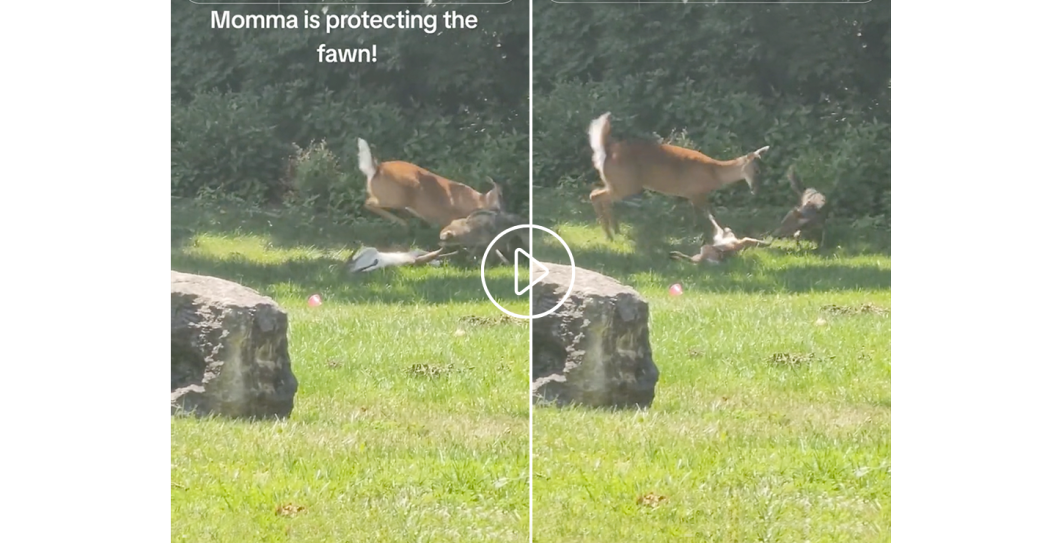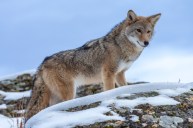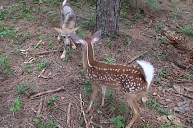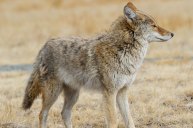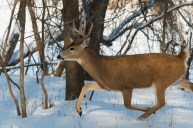You may have heard the term "mama bear instinct" used to describe a mother who will do absolutely anything to protect her children. But what about "mama deer instinct"?
A video recently shared on TikTok shows a coyote attacking a fawn in someone's backyard. The coyote has brought the fawn to the ground and is dragging it into the woods when a doe comes to the rescue.
Her white tail waving like a banner, the doe charges the coyote, lashing out with her hooves. The coyote maintains a hold on one of fawn's forelegs, dragging it in a circle as it tries to escape from the enraged doe.
@zompster Momma protecting her fawn. Coyote attack! #coyoteattacksurvivor #coyote #coyoteattack #survivor
The fawn manages to escape for a moment, regaining its feet before the coyote latches onto its hindquarters again. The doe becomes frantic, trampling the coyote as it continues to drag the fawn in a circle. Eventually, the coyote lets go of the fawn, running off toward the woods.
The coyote is persistent though, charging back one more time. The doe chases him off again, making sure the coyote truly leaves this time. Apparently unhurt, she returns to stand guard over the fawn. The fawn isn't so lucky. At the end of the video, it can be seen lying in the grass, wagging its tail and trying to lift its head. It's unclear whether the fawn survives.
Opportunistic Eaters
Coyotes are typically on the smaller side, weighing between 20 to 50 pounds. They live across North America and are not known to be picky eaters. "Opportunistic" best describes a coyote's diet, as it will eat rodents, insects, fruit, pet food, garbage, and whatever else it can find.
While coyotes have been known to work together to kill an adult deer, it is a huge task for a lone coyote. More often, a single coyote will go after a fawn, as the coyote did in the video. Fawns are such an easy target for coyotes, in fact, that some studies have shown that coyotes cause fawn mortality rates as high as 50 percent. A separate study shows that coyotes typically go for the head or neck of fawns when hunting them, as seen in the beginning of the video, where the coyote is dragging the fawn to cover by the neck.
Let Nature Run Its Course
While many commenters on the video take issue with the fact that the videographer didn't step in to help the fawn, it's important to remember that these are wild animals, and humans should not intervene in their natural cycles and habitats. It may be hard to watch a fawn be dragged into the woods by a coyote, but a coyote has to eat, too.
When you see an animal in distress, the best practice is to let nature run its course, no matter how hard it is to watch.
READ MORE: Everything You Need to Successfully Hunt Coyotes
